I'm probably going to take a scuba set to my local school to tell them about scuba's influence in getting me into diving projects, USAF pararescue, and ultimately into the safety field and industrial hygiene. It's a great way to learn physics, physiology (effects of heat, cold, pressure, etc. on the human body), and biology, which allowed me to get into multiple careers.
I'm also in the pool, and may get into the river again if it clears up and the current lessens (probably about February). In the pool, I test old gear that I've picked up (yesterday it was a Dacor Nautilus CVS), different fins, and my own skills by doing weight belt releases, ditch and donn exercises, etc. I may dive in Puget Sound with a local dive club too.
SeaRat
I'm also in the pool, and may get into the river again if it clears up and the current lessens (probably about February). In the pool, I test old gear that I've picked up (yesterday it was a Dacor Nautilus CVS), different fins, and my own skills by doing weight belt releases, ditch and donn exercises, etc. I may dive in Puget Sound with a local dive club too.
SeaRat
Attachments
-
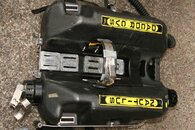 IMG_5672.jpg53.4 KB · Views: 90
IMG_5672.jpg53.4 KB · Views: 90 -
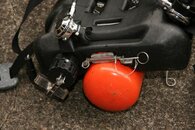 IMG_5669.jpg40.7 KB · Views: 86
IMG_5669.jpg40.7 KB · Views: 86 -
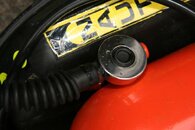 IMG_5668.jpg27.7 KB · Views: 87
IMG_5668.jpg27.7 KB · Views: 87 -
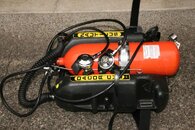 IMG_5664.jpg51.8 KB · Views: 89
IMG_5664.jpg51.8 KB · Views: 89 -
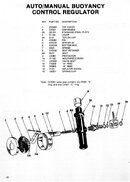 Nautilus Auto-Manual Buoyancy Control Regulator.jpg59.5 KB · Views: 96
Nautilus Auto-Manual Buoyancy Control Regulator.jpg59.5 KB · Views: 96 -
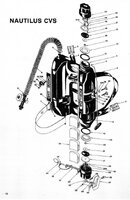 Nautilus CVS Parts Diagram.jpg81.8 KB · Views: 88
Nautilus CVS Parts Diagram.jpg81.8 KB · Views: 88 -
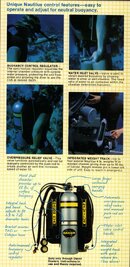 Nautilus Features.jpg165.5 KB · Views: 83
Nautilus Features.jpg165.5 KB · Views: 83 -
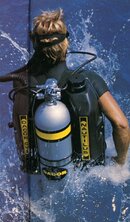 Nuatilus Diver entering water.jpg102.6 KB · Views: 83
Nuatilus Diver entering water.jpg102.6 KB · Views: 83 -
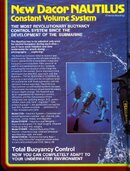 Nautilus Ad by Dacor.jpg116.6 KB · Views: 90
Nautilus Ad by Dacor.jpg116.6 KB · Views: 90




